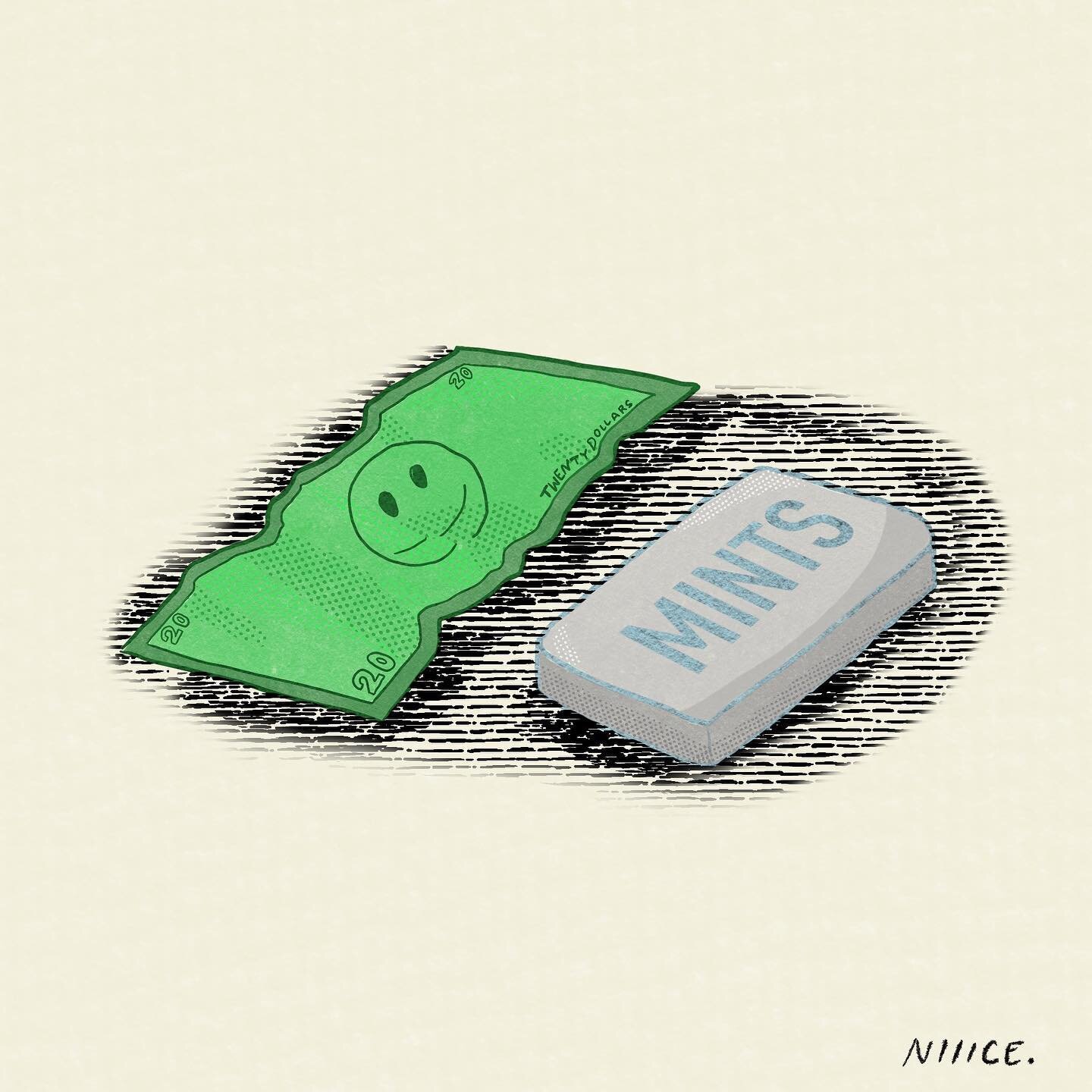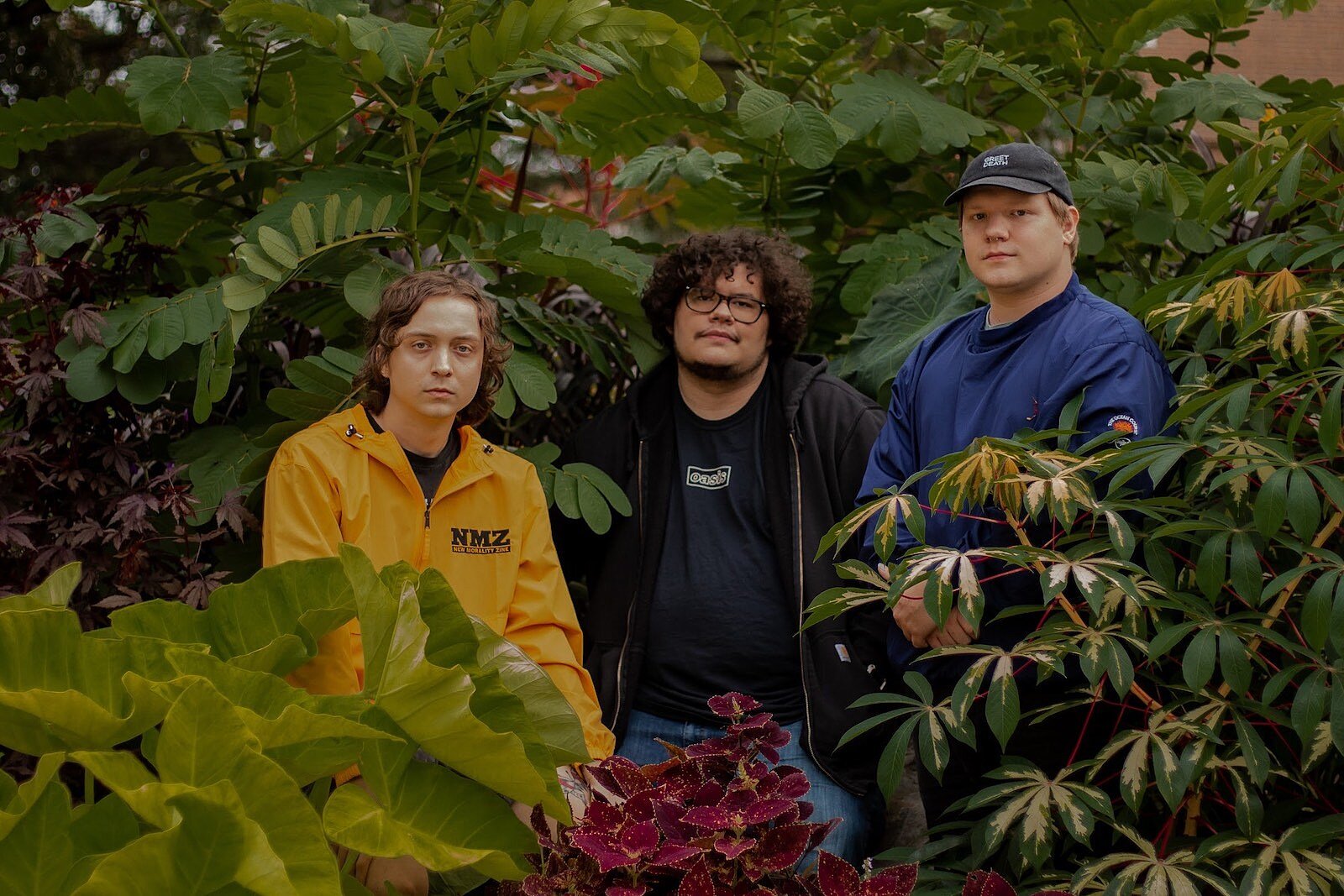How many friendships have ended because of COVID-19? I don’t have enough fingers to count the number of people I love who have shown a completely different side of themselves over the past year. We’ve watched people refuse to wear masks and stay home by the thousands, all because it infringes upon their “personal rights.” High-risk folks should just expect to die, right? We’ve watched people protest the closure of Disneyland but remain completely silent in the face of widespread racial injustice. This entitled community flocks to brunch in enclosed igloos but refuses to assist their unhoused neighbors on the streets. We’ve watched people do all of this and more, all because the alternative is slightly more inconvenient for them. I’ve discovered these selfish, narcissistic people not just in the world around me as some reckless “other,” but that they exist in my friend groups, role models, and even my family. As deadly and horrific as this pandemic is, the one bright side is that it has helped me filter these toxic people out of my life.
Even with the worst in plain view, the pandemic has also made me realize what’s important to me, and it’s not going out to bars and partying, but building deep connections with the people I hold closest to my heart. It’s easy to mistake your friend group as kind-hearted, but that’s not always the case. I still miss these people and think of them often, but then I realize I’m missing only fractured memories. Positive memories of late-night drives across state lines, screaming along to emo songs, and smoking in 7/11 parking lots get buried by feelings of anger and hatred towards people I thought I’d always be able to fall back on. I cried more often than not in 2020 but learned that it’s okay to cry--even cool. But puns inside, I realized that being sensitive and vulnerable isn’t a weakness, but actually a strength. Clothbound, the sophomore album by The Sonder Bombs, came at a time when I was struggling with feelings of inadequacy, tenderness, anger, and loneliness. This record carefully and precisely fleshes out each of these emotions in loving detail.
With emotions and sensitivity on full display, The Sonder Bombs have crafted a masterpiece of a comfort album. But it wouldn’t be a Sonder Bombs release without some absolute bangers. Lead single “What are Friends For?” established the group’s mission statement early on. Clothbound isn’t a record about external relationships beginning or ending; it’s about Willow’s internal relationship with their sensitivity and self. It is watching the growth in real-time through Willow’s encapsulation of the full range of human emotion and gender expression. When I listen to this album, I find a home in Willow’s portrayal of sensitivity. I consider myself an overly sensitive person, and I found peace and solace in the fact that someone else shares these emotions that can sometimes feel larger than life. Not only that, but they are able to grapple with these feelings and put them into songs that help me feel less isolated in this time of turmoil.
“Crying is Cool,” the second single released off the album, is the quarantine comfort song. “Netflix and a box of wine”? Yeah, that happens quite often. Am I gonna cry to whichever movie I put on? Probably. Between the nurturing lyrical content and summery flower-adorned music video, this song set the upbeat poppy tone for Clothbound with a track that’s not afraid to talk about feelings. Even the title conveys an evocative message. Whether it’s “Cr-crying is cool” or “F-feeling is fine,” the stuttered sentiments that close out each verse makes it feel like Willow is trying to convince themselves of these things in real-time. We hear them hesitating and nervous but also trying to build themselves up, growing into the affirmations as the song ends. It is the perfect tune to keep us holding on for spring weather and better times.
Of course, with emotionally charged lyrics comes banging riffs. The hypnotizing dance party that is “Vegas BABY!!!” is brilliantly carried by Kevin Cappy and Jimmy Wilkens’ staple guitar and bass lines. The Sonder Bombs always deliver with the most catchy riffs and incredible articulation of pure emotion into each note played. The chorus’s back and forth vocals make for a dance party as vibrant and sophisticated as the lights of the Vegas Strip. We even get a taste of synth that shines and shimmers to a prismatic effect. This album is fuller than any other Sonder Bombs release thanks to support by Joe Reinhart, who recorded, mixed, and produced Clothbound. This is the most profound Sonder Bombs release yet, and the album is not only heartfelt but enchanting and magical thanks to songs like “The One About You.” The band has completely opened themselves to create an album that is relatable, masterly put together, and chock-full of passion.
A departure from the sharp femininity and perfectly placed rage of Modern Female Rockstar, Willow fully opens their heart on Clothbound, realizing the feelings that lie beneath anger are equally as important. Both “Swing on Sight” and “k.” provide us an outlet for rage, complete with riffs, breakdowns, and even screams that welcome you to join in on the vent session. But, without neglecting those feelings of anger, the band has found that feeling a full range of emotions helps make peace with those angry thoughts. In Clothbound, each emotion holds significance. It’s growth in every regard.
When I saw The Sonder Bombs in 2019, I identified with Willow in many ways, but mostly with my place as a woman in the scene. Within the time since, Willow has opened up to identifying with all pronouns. This album shows the depth of emotions that comes with finding your non-comforming place in the world and especially the music scene. Similarly, during that same time, I have transitioned into being nonbinary. This album is a whole new level of reassurance for a femme-presenting person in the DIY scene. To every sensitive nonbinary, this one is for your tender heart.
Willow’s pure gentleness, combined with the elegance of a soft rainstorm in “Scattered,” creates a somber lullaby. Jer Berkin’s drums are what guides us on this soft-spoken track. With lyrics such as “seaside ashes scattered in someone else’s backyard,” a picture is painted of some broken midwest kids attempting to find closure in the complex process that is grief. This song takes me back to the sorrow embedded in Willow’s performance of “Pindrop” at the House of Independents on the 2019 Just Friends tour. As a then-unreleased song, I spent weeks trying to track down a recording and the lyrics. Every part of that performance stuck with me as I was currently picking up the pieces from the death of a loved one. The Sonder Bombs comforted me then, and they comfort me now with Clothbound.
There is delicacy and strength in being soft-hearted. This album is an all-consuming thesis on emotions, one in which we listen to Willow process and work through their feelings in real-time. Over the course of the album’s 31 minutes, we witness the band wrestle with emotions of every size, type, and capacity. By the time we get to the last song, “Play it by Fear,” we are dealing with Willow’s self-doubt in which they examine their rage that simmered over on the previous track. The group had just let out a whirlwind of anger on “k.” Despite the fact that Willow had spent the entire release trying to convince both themselves and the listener that these feelings are valid, they find themselves turning inward, entering a period of reflection, and beating themselves up. The lyric “wish I was free, not locked in a cage” conveys that although Willow spent the last nine songs with every emotion on full display, they still resort to locking themselves away for feeling. Full of regret and uncertainty, Willow realizes that the burden of support cannot be a solitary act. Upon the final verse of the album, Willow finds themselves reflecting on their place in the world and still feeling lost. The final lines echoing the sentiment, “I’m too big of a narcissist,” showing the need they are still left with: love and admiration from others.
Clothbound is an album about picking up the fallout of a heart cracked wide open. Yet in all the jumble of emotions, The Sonder Bombs manage to make peace with their enemies. Whether these enemies are internal or external, serenity is found through forging self-love and acceptance. In the rush of emotions that is life, recognizing your feelings is an essential part of growth and a vital part of your relationships. Clothbound stands as a monument to feeling. It’s a reassurance that emotions are okay to feel in full-form. It’s a reminder to never back down from those feelings, because that’s who you are at your core.










